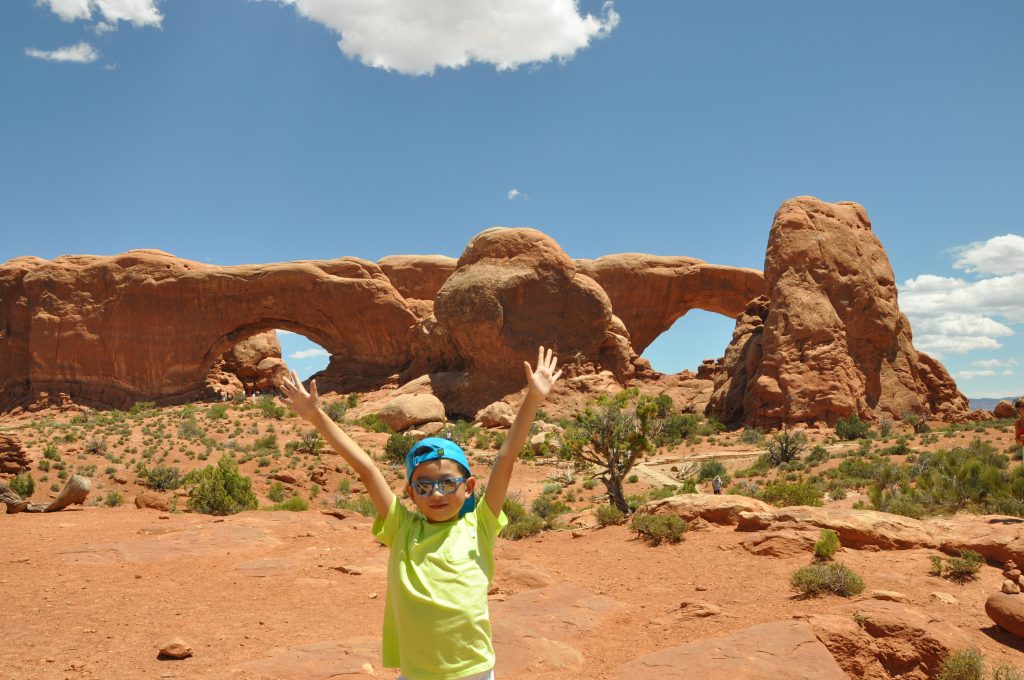In July 2015, during my first trip to the United States, I stood for the first time before the stunning red rocks of Arches National Park in eastern Utah—a landscape so surreal and otherworldly that it seemed more like a digital wallpaper than real terrain. Yet, here it was: the origin of the Microsoft desktop image I had seen thousands of times, now towering above me in monumental silence. It was in that moment—face to face with Delicate Arch, standing alone against an empty desert sky—that I began to understand something deeper about America’s relationship to land, history, and law.

In July 2015, during my first trip to the United States, I encountered the origin of the Microsoft desktop background — Arches National Park.
Arches National Park is more than a tourist destination. It is the largest concentration of natural sandstone arches in the world, boasting over 2,000 formations shaped over 300 million years by tectonic uplift, erosion, and wind. Some arches span nearly 300 feet; others, like Delicate Arch, rise 65 feet high and have become emblems of the American West. There is also the precarious Balance Rock and the surreal Devil’s Garden, where sculpted stone takes on impossible shapes beneath shifting desert light. This land does not merely inspire awe—it forces reflection.
For a foreign visitor, these landscapes provoke an essential question: how does a nation decide which parts of its land are sacred, and how are such decisions written into law? In the United States, national parks are the result of a unique legal imagination—one that combines conservation, nationalism, and public access. Through acts of Congress, executive orders, and the Antiquities Act of 1906, the U.S. federal government has preserved over 84 million acres of land across all 50 states, defining these areas not as commodities but as shared inheritances.
But the story is not so simple. The very land we now admire was once home to Indigenous peoples who were displaced through treaties, wars, and removals. Arches, like many national parks, sits on ancestral Ute and Paiute lands. Its transformation into a federal park involved not just environmental stewardship but also legal and political exclusion. This duality—protection and dispossession—runs through the entire history of America’s national park system.
And yet, these parks remain spaces of remarkable democratic potential. Unlike private estates or elite museums, national parks are open to everyone. They offer moments of solitude and wonder, inviting all who enter to contemplate something beyond their immediate concerns. They also serve as living classrooms where geology, history, and civic values converge. Standing beneath a 300-million-year-old arch, one cannot help but reflect on time, permanence, and the smallness of human affairs.
More profoundly, these parks challenge us to think about the future. As climate change threatens fragile ecosystems and population growth places pressure on land use, the legal structures that once created these sanctuaries must evolve. The task ahead is to reconcile preservation with justice—to acknowledge the histories of displacement while safeguarding these landscapes for generations to come.
Looking back, that day in Arches was more than a scenic detour. It was an initiation into a central American paradox: how a nation built on private property and expansionism can also create a legal framework that defends public beauty and shared memory. In the stillness of the desert, I began to grasp how laws can shape not just society, but our very sense of place, purpose, and belonging.
